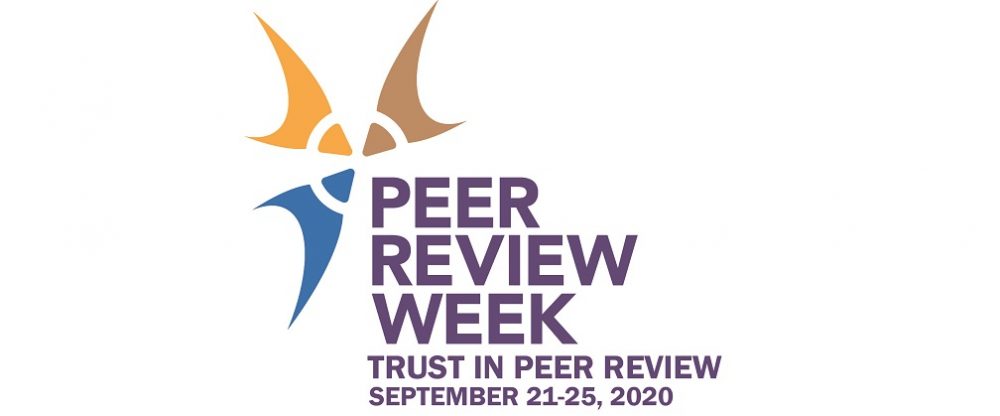Although many annual traditions may not be going ahead as planned this year, the ASHA Journals Program is once again taking part in Peer Review Week 2020. This year’s theme, “Trust in Peer Review,” casts a wide net. To us, trust in peer review means transparency, a promise of peer review quality, and giving the next generation of peer reviewers the tools to excel.
Any author submitting to the ASHA Journals—or any reviewer expressing interest in serving an ASHA journal—should know what the peer review process entails. The ASHA Journals Academy is a helpful resource, letting authors know what to expect in peer review and after an article is accepted, including estimated timelines for each step of the process. For current and potential reviewers, the Academy also showcases the process, policies, and procedures for peer review with the ASHA Journals.
The importance of peer-reviewed research has become increasingly apparent as audiologists and speech-language pathologists look for the best ways to keep their patients safe while continuing to provide care during the COVID-19 pandemic. More than 30 articles have already been submitted to ASHA Journals about this important topic. Although we work to get the latest information in front of readers, academics, and clinicians, as we do that work it is also our responsibility to ensure that the content undergoes a thorough peer-review process and that all information reaching our readers is reliable—whether it involves recommendations about protecting clinicians and patients during a procedure or the most effective ways to provide services virtually. You can read more about our commitment to quality peer review in last year’s Peer Review Week post.
We must also trust in the future of peer review, which is why the ASHA Journals Program encourages new and early-career reviewers to participate in the peer-review process. For people interested in peer review who aren’t sure where to begin, the Academy’s Peer Review Excellence Program (PREP) modules start with an introduction to our editorial board model before going into specifics about peer review basics, performing a review, and publication ethics. We’re ready when you are: All of our journals welcome potential reviewers’ expressions of interest in either joining an editorial board or serving as an ad hoc reviewer. In addition, all Editorial Board Member positions have a term of just 1 year, providing consistent opportunities for new reviewers as well as a relatively short commitment to help you decide if serving as an ASHA Journals Program peer reviewer is right for you.
Below, we’ve included a list of peer review information available from the ASHA Journals Program. Thank you, as always, for celebrating Peer Review Week with the ASHA Journals!
The ASHA Journals PREP Modules
These interactive presentations take you through the basics of peer review for the ASHA Journals:
The ASHA Journals Editorial Board Model
Performing a Review for the ASHA Journals
ASHA Journals Academy
These sections of the Academy provide more specific details about reviewing for the ASHA Journals:
Getting Involved With the ASHA Journals
Additional resources provide helpful tips on how to get started in peer review and getting credit for your service as a reviewer.
Four Easy Tips for Early-Career Researchers Interested in Peer Review
Taking the Next Step: How to Join the ASHA Journals Editorial Board









